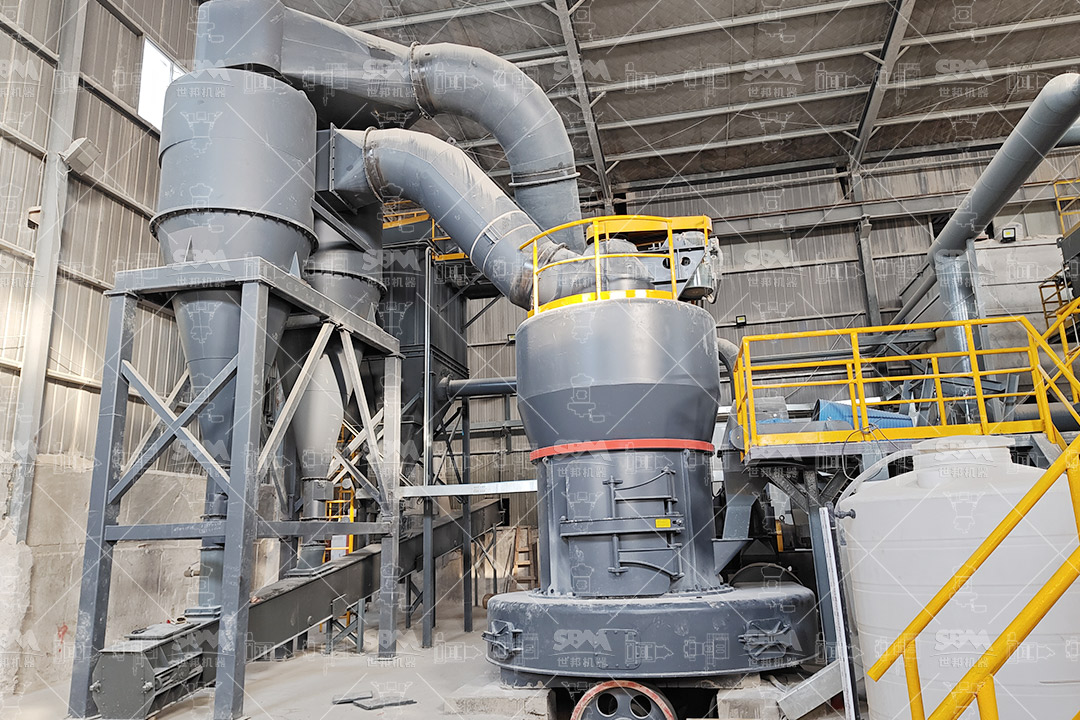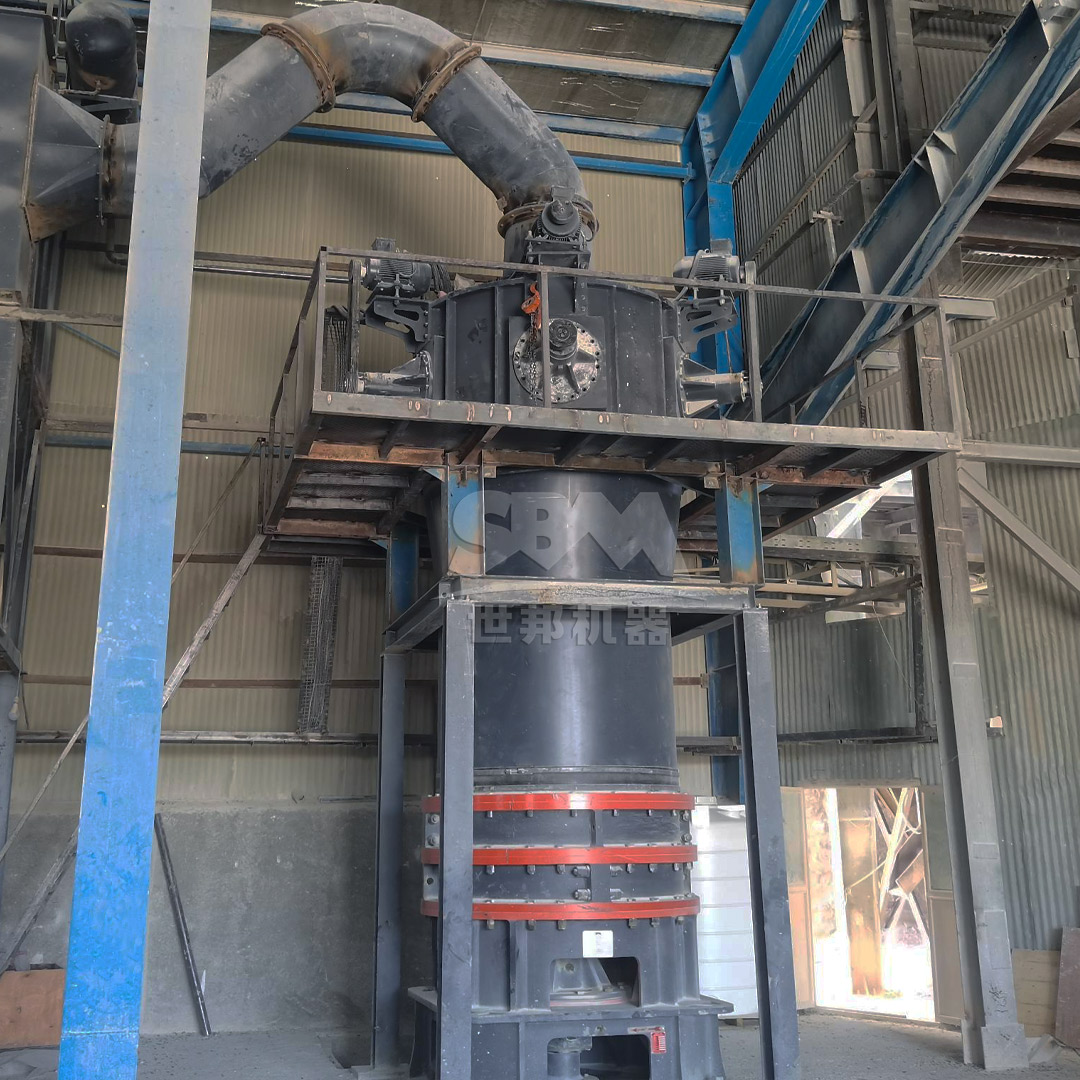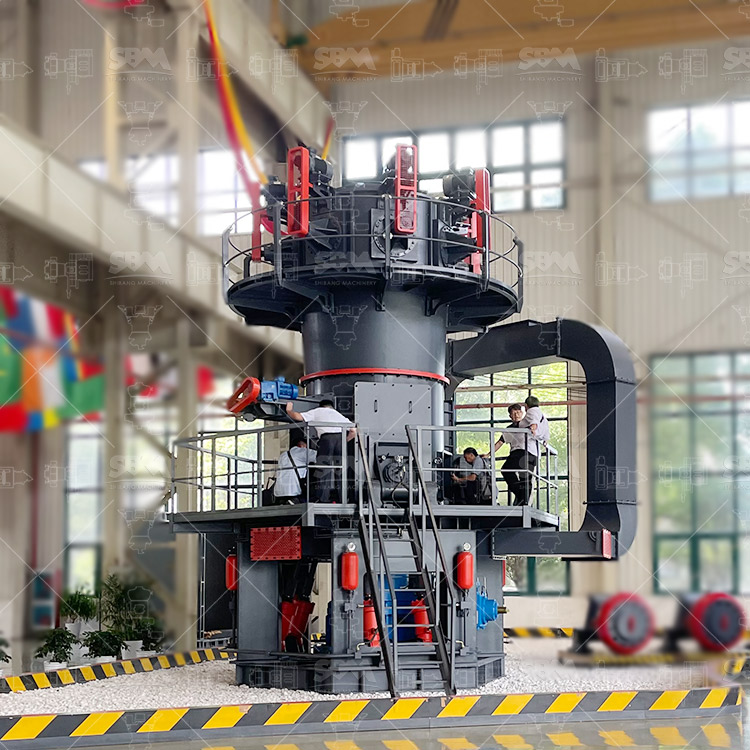The semiconductor industry relies heavily on high-purity quartz materials for various applications, particularly in the production of silicon wafers that form the foundation of modern electronics. Quartz roller mills have emerged as essential equipment in this process, offering unprecedented precision and efficiency in transforming raw quartz into the ultra-fine powders required for chip fabrication. This article explores how advanced grinding technologies, particularly roller mill systems, are revolutionizing silicon chip production through enhanced particle control, energy efficiency, and production consistency.
Quartz materials used in semiconductor manufacturing must meet exceptionally stringent specifications. The material must achieve purity levels exceeding 99.99% while maintaining precise particle size distributions typically ranging from 325 to 2500 mesh. Traditional grinding methods often introduce contaminants or fail to achieve the necessary consistency, leading to defects in the final silicon wafers. Modern roller mill technology addresses these challenges through innovative engineering solutions that ensure both purity and precision throughout the grinding process.
| Parameter | Semiconductor Requirement | Traditional Methods | Roller Mill Performance |
|---|---|---|---|
| Particle Size Distribution | Narrow distribution (D97 ≤ 5μm) | Broad distribution | Precise control (D97 ≤ 5μm) |
| Contamination Control | Minimal metallic contamination | High risk of contamination | Special material construction |
| Energy Consumption | Optimized for cost efficiency | High energy usage | 30-40% reduction |
| Production Consistency | Batch-to-batch uniformity | Variable results | Consistent output |
The transformation from conventional grinding methods to sophisticated roller mill systems represents a quantum leap in quartz processing technology. Modern mills incorporate multiple technological innovations specifically designed to meet the demanding requirements of semiconductor manufacturing.

One of the most significant advancements comes in the form of precision classification systems. Vertical turbine classifiers enable exact particle size切割, ensuring that no coarse particles contaminate the final product. This is particularly critical in silicon chip production, where even microscopic irregularities can compromise circuit integrity. The elimination of coarse particle contamination directly translates to higher chip yields and improved performance characteristics.
Semiconductor fabrication facilities consume enormous amounts of energy, making efficiency a primary concern in equipment selection. Modern quartz roller mills address this through intelligent design features that significantly reduce power consumption while maintaining output quality. Advanced systems can achieve energy savings of 30-40% compared to traditional ball mill systems, representing substantial operational cost reductions over the equipment lifecycle.
Environmental compliance is another critical factor, particularly regarding dust emissions and noise pollution. State-of-the-art mills incorporate pulse dust collection systems that exceed international standards, maintaining workplace air quality while preventing product loss. Additionally, integrated soundproofing technologies reduce operational noise to below 75dB, creating a safer and more comfortable working environment.
Among the various grinding solutions available, the SCM Ultrafine Mill stands out as particularly well-suited for semiconductor quartz applications. This advanced system represents the culmination of years of research and development specifically targeting the unique challenges of ultra-fine powder production for high-tech industries.

The SCM series achieves remarkable performance metrics, processing materials with input sizes up to 20mm and delivering output fineness ranging from 325 to 2500 mesh (D97 ≤ 5μm). This precision is made possible through its innovative three-layer grinding chamber design, where material undergoes progressive refinement through centrifugal force distribution and roller compression. The result is unparalleled particle uniformity that meets the exacting standards of silicon chip fabrication.
The SCM Ultrafine Mill incorporates several proprietary technologies that make it exceptionally effective for quartz processing. Its vertical turbine classification system provides precise particle size control, eliminating the risk of coarse powder contamination that could compromise semiconductor quality. The mill’s intelligent control system continuously monitors and adjusts operational parameters, ensuring consistent output quality regardless of variations in feed material characteristics.
| SCM Model | Processing Capacity (ton/h) | Main Motor Power (kW) | Output Fineness (mesh) | Semiconductor Application |
|---|---|---|---|---|
| SCM800 | 0.5-4.5 | 75 | 325-2500 | R&D and pilot production |
| SCM900 | 0.8-6.5 | 90 | 325-2500 | Small-scale production |
| SCM1000 | 1.0-8.5 | 132 | 325-2500 | Medium-scale fabrication |
| SCM1250 | 2.5-14 | 185 | 325-2500 | Large-scale production |
| SCM1680 | 5.0-25 | 315 | 325-2500 | High-volume manufacturing |
Durability considerations are equally important in semiconductor environments where equipment reliability directly impacts production continuity. The SCM mill addresses this through specialized wear-resistant materials in its roller and grinding ring components, extending service life significantly compared to conventional designs. The bearing-free screw grinding chamber further enhances operational stability, minimizing maintenance requirements and unscheduled downtime.
For applications demanding the absolute highest levels of precision, the LUM Ultra-fine Vertical Mill offers cutting-edge technology specifically engineered for semiconductor-grade material processing. This system represents the next generation of grinding technology, incorporating multiple innovations that push the boundaries of what’s possible in quartz refinement.
The LUM series distinguishes itself through its unique roller sleeve and liner curve design, which optimizes grinding efficiency while maintaining exceptional particle uniformity. Its multi-rotor classification technology ensures complete elimination of coarse particles, a critical requirement for semiconductor applications where even minute inconsistencies can cause device failure. The integrated PLC automation system provides unprecedented operational stability, maintaining consistent output quality throughout extended production runs.

Semiconductor manufacturing requires equipment that can operate effectively in controlled environments, and the LUM Vertical Mill excels in this regard. Its fully sealed negative pressure operation prevents any dust leakage, maintaining the cleanroom integrity essential for chip fabrication. The system’s compact design minimizes footprint requirements, an important consideration in facility planning where space is often at a premium.
| LUM Model | Host Power (kW) | Processing Capacity (t/h) | D97 Particle Size (μm) | Cleanroom Compatibility |
|---|---|---|---|---|
| LUM1525 | 220-250 | 1.6-11.5 | 5-30 | Class 1000 |
| LUM1632 | 280-315 | 2-13.5 | 5-30 | Class 1000 |
| LUM1836 | 355-400 | 2.3-15 | 5-30 | Class 100 |
The LUM mill’s intelligent control system represents another significant advantage for semiconductor applications. Real-time monitoring of operational parameters allows for immediate adjustment to maintain product specifications, while remote operation capabilities enable integration with modern automated fabrication facilities. The system’s scrap removal mechanism efficiently eliminates iron slag and other impurities, further enhancing product purity.
The true value of advanced quartz roller mills becomes apparent when considering their integration into complete semiconductor manufacturing workflows. These systems don’t operate in isolation but rather as critical components in sophisticated production chains where consistency and reliability are paramount.
In typical semiconductor quartz processing applications, raw material undergoes initial crushing and purification before entering the roller mill system. The mill then transforms this prepared material into the precise powder specifications required for subsequent manufacturing stages. This may include quartz crucibles for silicon crystal growth, deposition materials for wafer fabrication, or specialized compounds for insulation layers.
Modern roller mills incorporate comprehensive quality monitoring systems that align with semiconductor industry standards. Integrated particle size analyzers provide continuous feedback on output quality, while automated sampling systems enable regular laboratory verification. This multi-layered approach to quality assurance ensures that every batch meets the exacting standards required for chip production.
The data collection capabilities of advanced mill systems provide additional value through comprehensive production documentation. Detailed records of operational parameters, output characteristics, and maintenance activities support quality traceability requirements and facilitate continuous process improvement initiatives.
The adoption of advanced quartz roller mill technology delivers substantial economic advantages throughout the semiconductor manufacturing process. While the initial investment may exceed that of conventional grinding equipment, the long-term benefits significantly outweigh these upfront costs.
Production efficiency improvements represent one of the most significant economic benefits. The SCM Ultrafine Mill, for example, offers processing capacities up to 25 tons per hour while maintaining precise particle control, enabling semiconductor manufacturers to scale production without compromising quality. This scalability is particularly valuable in an industry characterized by rapidly evolving technology and fluctuating demand patterns.
When evaluating grinding equipment for semiconductor applications, forward-thinking manufacturers consider the total cost of ownership rather than simply the initial purchase price. Advanced roller mills excel in this comprehensive assessment through multiple economic advantages:
Energy efficiency represents a major operational cost saving, with modern systems reducing power consumption by 30-40% compared to traditional technologies. Reduced maintenance requirements further decrease operational expenses, while enhanced durability minimizes replacement part costs and production interruptions. Perhaps most importantly, the improved product quality and consistency directly translate to higher chip yields, creating substantial value throughout the manufacturing chain.
The ongoing evolution of quartz roller mill technology continues to align with emerging trends in semiconductor manufacturing. As chip features shrink and performance requirements increase, the demand for ever-finer quartz powders with tighter size distributions will intensify. Mill manufacturers are already developing next-generation systems capable of achieving sub-micron particle sizes while maintaining the production efficiency required for commercial viability.
Integration with Industry 4.0 technologies represents another significant trend. Future mill systems will feature enhanced connectivity, enabling seamless data exchange with other manufacturing equipment and enterprise resource planning systems. Advanced analytics capabilities will provide predictive maintenance alerts and optimize operational parameters in real-time, further enhancing efficiency and reliability.
As environmental regulations tighten and sustainability becomes increasingly important to semiconductor manufacturers, roller mill technology continues to evolve accordingly. Future developments will likely focus on further reducing energy consumption, minimizing water usage in cooling systems, and enhancing dust collection efficiency. These improvements will not only reduce environmental impact but also decrease operational costs, creating a compelling business case for adoption.
Quartz roller mills have transformed from simple material processing equipment to sophisticated systems that play a critical role in semiconductor manufacturing. The precision, efficiency, and reliability offered by modern mills like the SCM Ultrafine Mill and LUM Vertical Mill enable the production of high-quality quartz powders that meet the exacting standards of silicon chip fabrication.
As semiconductor technology continues to advance, the importance of these grinding systems will only increase. Manufacturers who invest in state-of-the-art quartz processing technology position themselves to compete effectively in an increasingly demanding global market. Through continued innovation and close collaboration with semiconductor producers, roller mill manufacturers will remain essential partners in the ongoing evolution of electronic technology.